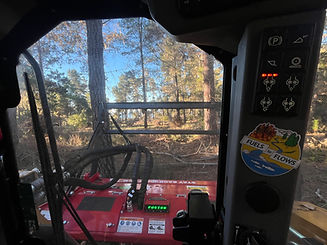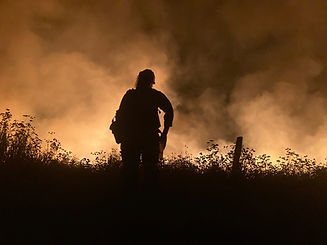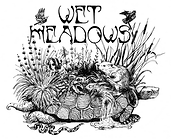top of page
Connecting fuels work & watershed resilience
with a process-based approach

(we do environmental consulting & contracting on a landscape level)



Meadow restoration,
habitat rehabilitation,
& environmental consultation services
Beaver
coexistence
solutions
Wildland fire & fuels
contracting services
& equip. transport









bottom of page

